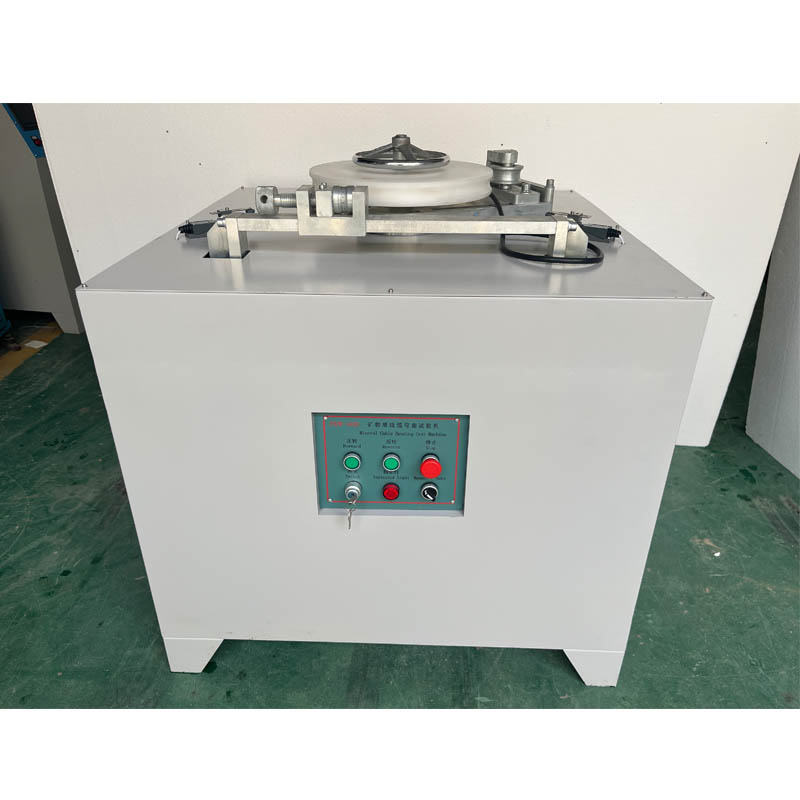Evaluating the Accuracy and Performance of Projectors in Various Measuring Applications
Measuring Projector An Essential Tool in Precision Measurement
In the realm of manufacturing and engineering, precision is paramount. Various tools and equipment have been developed to ensure that manufactured components meet the exact specifications required for their intended applications. One such tool that stands out in the field of quality control and precision measurement is the measuring projector. This device, often referred to as an optical comparator or vision projector, plays a crucial role in aiding engineers and technicians in inspecting and measuring the dimensions and features of parts.
What is a Measuring Projector?
A measuring projector is an optical instrument that magnifies the silhouette of an object, projecting it onto a screen for detailed examination and measurement. This projection allows for a visual comparison against established standards or specifications, making it easier to identify any deviations or defects. By using a series of lenses, the projector produces a clear, enlarged image of the part being measured, providing an accurate representation of its geometrical features.
Principle of Operation
The core function of a measuring projector relies on optics and geometry. When a component is placed on the measuring stage of the projector, a light source illuminates the part, casting its shadow onto a frosted glass screen. The projected image can be magnified multiple times, allowing the operator to closely analyze intricate details. The measuring projector typically comes equipped with a reticle—an etched scale that overlays the visual image—enabling precise measurements of angles, lengths, and other dimensions.
Applications of Measuring Projectors
Measuring projectors are widely used in various sectors, including aerospace, automotive, electronics, and machining industries. They are particularly valuable in environments where tight tolerances are critical. Some common applications include
1. Quality Control Ensuring that parts conform to specifications by allowing operators to measure lengths, angles, and profiles of components. 2. Prototype Inspection Verifying the dimensions of prototypes against their design specifications to ensure they meet the intended design criteria.
measuring projector

4. Engineering Analysis Assisting engineers in analyzing the geometry of components for research and development purposes.
Advantages of Using Measuring Projectors
One of the primary advantages of using measuring projectors is their ability to provide non-contact measurement. This feature eliminates the risk of altering the part being measured, preserving its integrity. Additionally, the visual representation aids in identifying any discrepancies that may not be easily detected using traditional measuring tools.
Moreover, measuring projectors are relatively easy to use, requiring minimal training for operators to become proficient. Their design often incorporates user-friendly interfaces, which can facilitate quick measurements and increased productivity.
Limitations and Considerations
Despite their many advantages, measuring projectors do have limitations. The accuracy of measurements can be affected by factors such as parallax errors, lens distortion, and the proper alignment of the part. To mitigate these issues, operators must ensure that the device is calibrated regularly and that measurements are taken under optimal conditions.
While measuring projectors are highly effective for certain types of measurements, they may not be suitable for all applications. For instance, they may struggle with very small features or complex geometries that require advanced measurement techniques.
Conclusion
In summary, the measuring projector is an indispensable tool in precision measurement and quality control across various industries. Its ability to provide magnified visualizations of components allows for meticulous analysis and verification of dimensions, ensuring that manufactured parts meet the stringent requirements of today’s engineering standards. As technology continues to evolve, the measuring projector will likely integrate new advancements to enhance its functionality and accuracy, thus maintaining its relevance in the continuous quest for precision in manufacturing.
-
Why the Conductor Resistance Constant Temperature Measurement Machine Redefines Precision
NewsJun.20,2025
-
Reliable Testing Starts Here: Why the High Insulation Resistance Measuring Instrument Is a Must-Have
NewsJun.20,2025
-
Flexible Cable Flexing Test Equipment: The Precision Standard for Cable Durability and Performance Testing
NewsJun.20,2025
-
Digital Measurement Projector: Precision Visualization for Modern Manufacturing
NewsJun.20,2025
-
Computer Control Electronic Tensile Tester: Precision and Power for the Modern Metal Industry
NewsJun.20,2025
-
Cable Spark Tester: Your Ultimate Insulation Assurance for Wire and Cable Testing
NewsJun.20,2025
 Copyright © 2025 Hebei Fangyuan Instrument & Equipment Co.,Ltd. All Rights Reserved. Sitemap | Privacy Policy
Copyright © 2025 Hebei Fangyuan Instrument & Equipment Co.,Ltd. All Rights Reserved. Sitemap | Privacy Policy
